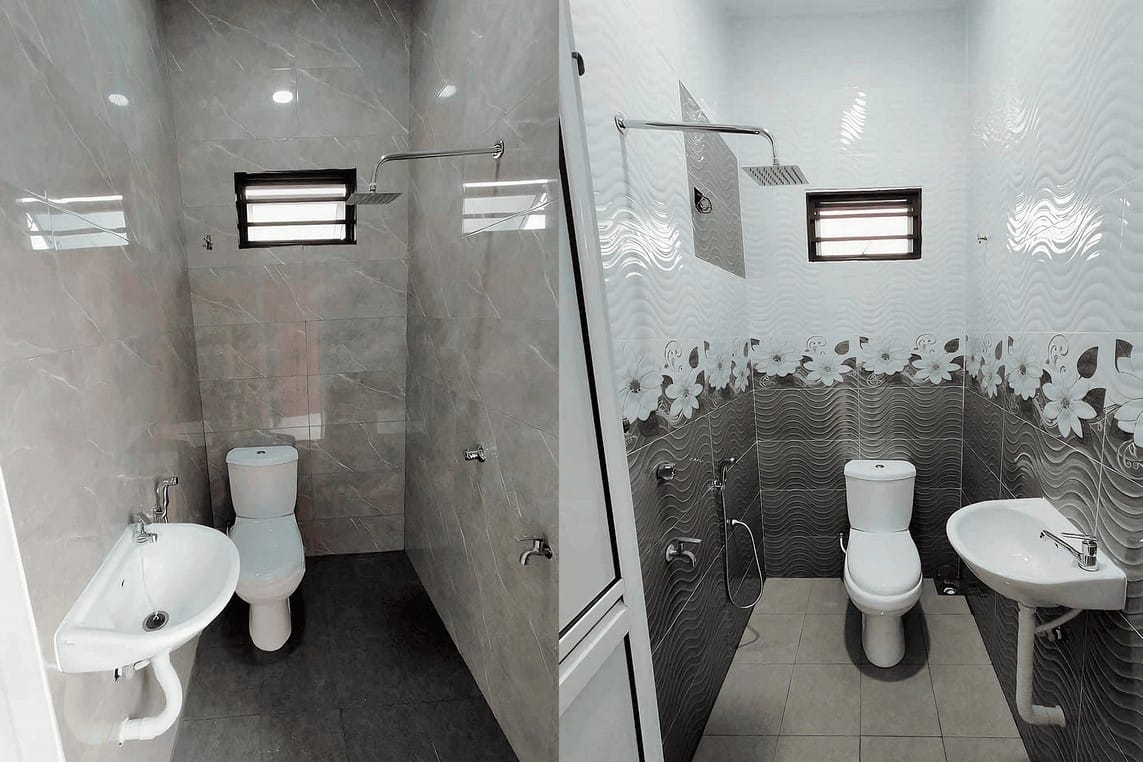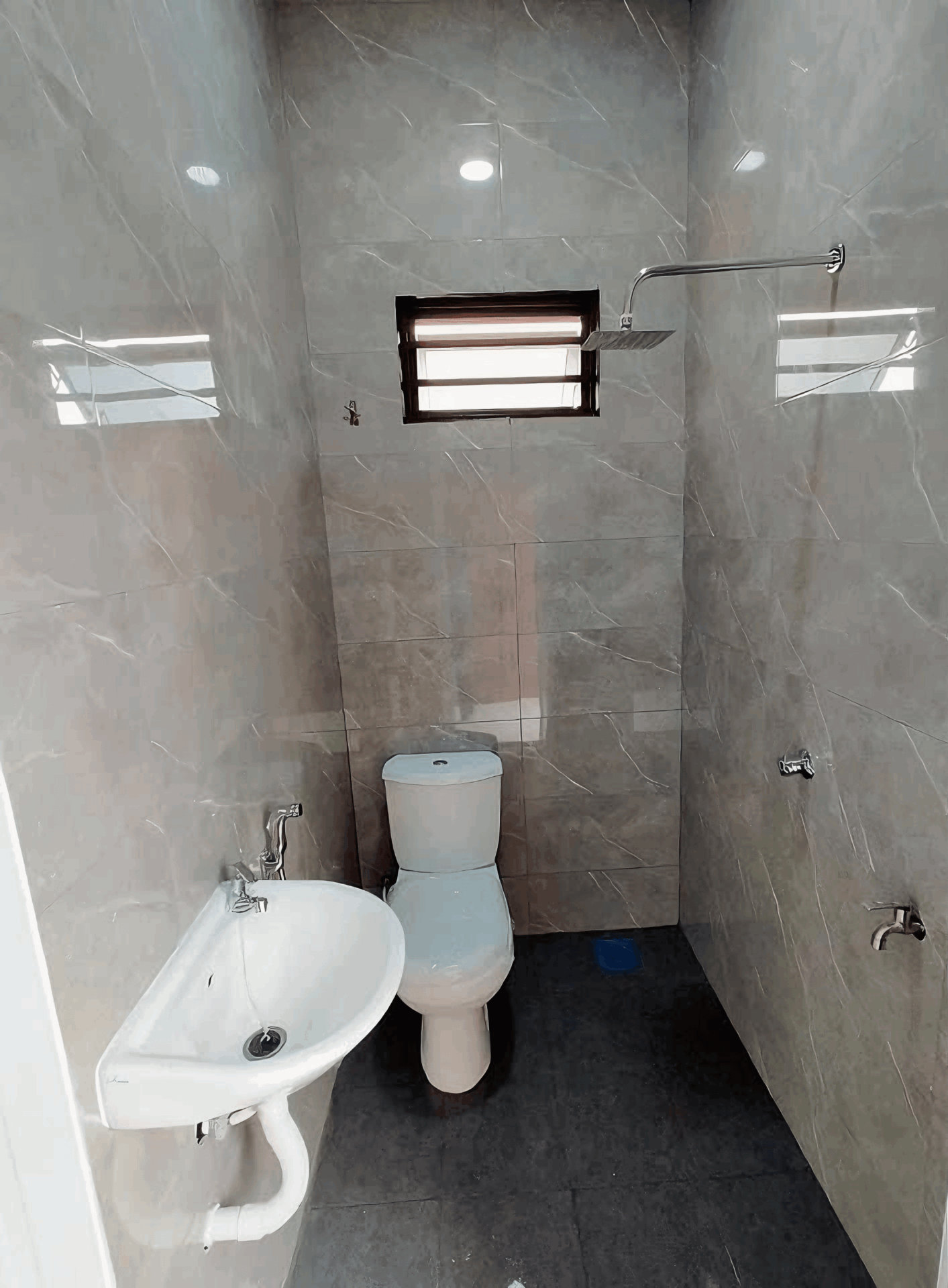Sure! Here’s a friendly, engaging introduction for your article:
Hey there! Let’s take a moment to chat about something really exciting happening right here in our beloved Malaysia. Have you noticed the buzz around industrial construction lately? It’s not just about building big warehouses or factories; it’s a powerhouse driving our economy forward. As we dive into this topic, we’ll explore how these construction projects are transforming communities, creating jobs, and attracting investments. Whether you’re a student, a business owner, or simply someone who loves keeping up with our nation’s growth, there’s plenty to discover about how industrial construction is laying down the foundation for a brighter economic future. So, grab a cup of kopi, and let’s unpack this together!
—
How does that sound?
The Role of Industrial Construction in Shaping Malaysia’s Economic Landscape
Industrial construction is a critical engine powering Malaysia’s economy, creating a fusion of growth and innovation. As the country evolves, the construction of factories, warehouses, and other industrial infrastructures has become indispensable. This sector not only boosts the manufacturing capabilities but also enhances logistical operations, which is vital for trading in the global market. From facilitating exports to attracting foreign investments, industrial construction stands at the forefront of Malaysia’s economic evolution.
Moreover, the ripple effect of industrial construction doesn’t just end with building infrastructures; it significantly influences local employment rates. The development of industrial parks and complexes leads to the emergence of numerous job opportunities across various skill levels. This is particularly important in a country like Malaysia that aims to cultivate a skilled workforce. Workers in the construction and subsequent manufacturing sectors benefit from increased training programs and better work conditions, which in turn contributes to overall societal development.
| Benefit | Description |
|---|---|
| Economic Diversification | Promotes a broader range of industries beyond traditional ones. |
| Infrastructure Development | Improves transport and utilities, enhancing business operations. |
| Community Growth | Boosts local businesses and fosters community initiatives. |
As Malaysia positions itself on the international stage, the rise of enhanced industrial construction practices is vital. Initiatives incorporating sustainable designs and technologies reflect a commitment to not just economic growth, but also environmental responsibility. As the nation continues to invest in modern facilities and smart factories, it lays a strong foundation for the future, aligning with global trends aimed at competitive advantages and sustainability. This level of proactive investment facilitates knowledge transfer, increased productivity, and ultimately, robust economic prosperity.

Key Sectors Benefiting from Industrial Construction Growth
The surge in industrial construction is closely tied to several key sectors that are reaping the rewards. In Malaysia, one of the most noticeable beneficiaries is the manufacturing sector. As new factories and warehouses spring up, production capabilities expand, leading to increased output and efficiency. The ability to manufacture high-quality products at competitive prices fosters a thriving market both locally and internationally, driving economic growth.
Another sector that is capitalizing on industrial construction growth is logistics and supply chain management. With the construction of cutting-edge distribution centers and logistics hubs, the entire supply chain becomes more streamlined. This not only reduces costs but also improves delivery times, enhancing the overall customer experience. As e-commerce continues to expand, the need for efficient logistics facilities becomes increasingly critical, making this sector an essential player in the evolving economic landscape.
Additionally, the energy sector, particularly renewable energy, is witnessing accelerated development fueled by industrial construction investments. New facilities for solar, wind, and biomass energy are popping up, contributing to Malaysia’s commitment to sustainable practices. The influx of construction projects not only creates jobs but also positions Malaysia as a leader in green energy initiatives within the region. This not only helps meet domestic energy demands but also opens doors for export opportunities and international partnerships.

Sustainable Practices: Balancing Development and Environmental Responsibility
As Malaysia advances in industrial construction, there’s a growing emphasis on minimizing ecological impact while maximizing output. Many companies are now integrating sustainable materials and energy-efficient practices into their construction processes. This approach not only reduces waste but also fosters a greener economy. When project managers consider the life cycle of the materials used, they significantly lower carbon footprints and enhance the overall sustainability of developments.
Furthermore, the adoption of green building certifications, like the Green Building Index (GBI), is becoming common among developers. These certifications encourage innovations like rainwater harvesting, solar energy utilization, and efficient waste management systems. By prioritizing these practices, firms can create spaces that not only comply with regulatory standards but also contribute positively to the local community’s environment. It fosters a sense of pride and responsibility among stakeholders, pushing businesses and residents alike to be more conscientious.
Collaboration between government and industry plays a vital role in ensuring that sustainable practices are implemented effectively. Incentives such as tax breaks, grants for eco-friendly projects, and workshops on sustainable methods serve to motivate builders to strive for excellence in environmental responsibility. A clearer understanding of the long-term benefits can encourage more businesses to adopt practices that support both economic growth and environmental conservation.

Innovative Technologies Transforming the Industrial Construction Sector
The industrial construction sector in Malaysia is undergoing a major metamorphosis, driven by a blend of cutting-edge technologies that not only enhance productivity but also redefine traditional practices. One of the most influential technologies is Building Information Modeling (BIM). This advanced digital representation allows stakeholders to visualize, design, and optimize construction projects before they even break ground. The collaborative nature of BIM fosters communication among engineers, architects, and contractors, ensuring projects stay on track and within budget.
Another game-changer is the integration of drones into construction workflows. These flying machines are revolutionizing site surveys and inspections, providing real-time data collection that speeds up decision-making processes. With aerial insights, project managers can monitor progress, manage resources effectively, and quickly identify any potential issues without needing manual checks. The result? Projects that are completed faster and with improved safety standards.
Furthermore, prefabrication and modular construction are emerging as viable alternatives in Malaysia’s industrial landscape. By manufacturing components off-site and assembling them on location, these methods significantly reduce build times while minimizing waste. The benefits are clear: quicker delivery, lower costs, and less disruption to local communities. This alignment with sustainable practices showcases the commitment of the Malaysian construction industry to not only foster economic growth but also protect the environment for future generations.

Workforce Development: Equipping Malaysians for New Opportunities
In recent years, the industrial construction sector has rapidly evolved, creating a pressing need for a skilled workforce. To address this, various government and private initiatives are stepping up to provide Malaysians with the essential skill sets for this booming industry. Courses and training programs are being developed to ensure workers are aligned with current technologies and methodologies. Notably, the focus is not solely on traditional construction skills but also on embracing new technologies such as Building Information Modeling (BIM), automation, and sustainable practices.
Investment in workforce development translates to better job opportunities and economic resilience. Workers are being offered access to training facilities that provide practical experience, allowing them to adapt to the dynamic construction environment. A few major areas of focus include:
- Safety Training: Emphasizing the importance of safety in industrial construction.
- Technical Skills: Equipping workers with modern construction techniques.
- Soft Skills: Enhancing communication, teamwork, and problem-solving abilities.
Moreover, partnerships between educational institutions and industry leaders are crucial for aligning curricula with market demands. Here’s a snapshot of industry-backed training initiatives:
| Program | Provider | Duration |
|---|---|---|
| BIM Certification | Technical Institute of Malaysia | 3 Months |
| Construction Safety Management | Safety Council of Malaysia | 2 Weeks |
| Project Management Essentials | Malaysian Institute of Project Management | 1 Month |

Public-Private Partnerships as Catalysts for Industrial Expansion
In recent years, collaboration between the public and private sectors has become a driving force behind industrial expansion in Malaysia. This strategic partnership leverages the strengths of both sectors, creating a harmonious environment for growth. Public-private partnerships (PPPs) foster innovation by pooling resources, sharing risks, and ensuring more efficient project delivery. Governments benefit from private sector expertise while private companies gain access to valuable public infrastructure.
Key areas where these collaborations have made significant impacts include:
- Infrastructure Development: Enhanced road networks, ports, and logistics capabilities that streamline supply chains.
- Sustainable Practices: Implementing eco-friendly technologies in industrial projects that comply with national goals.
- Job Creation: Expanding the workforce through new opportunities arising from industrial growth.
One example of effective synergy between public and private entities is evident in the establishment of a dedicated industrial zone. A recent project highlighted this trend:
| Project Name | Investment (RM) | Expected Jobs Created |
|---|---|---|
| Selangor Smart Industrial Park | 1.5 Billion | 5,000+ |
| Penang Tech City | 2 Billion | 7,500+ |
| Iskandar Malaysia Development | 3 Billion | 10,000+ |
This kind of collaboration not only enhances industrial infrastructure but also solidifies Malaysia’s position as a key player in the global market, ensuring sustainable economic growth for years to come.

Strategies for Enhancing Infrastructure to Support Future Growth
To propel Malaysia towards a future ripe with opportunity, a multi-faceted approach is essential in fortifying the nation’s infrastructure. The current focus on industrial construction presents an excellent opportunity for redesigning urban landscapes and transport networks. By investing strategically in transportation systems, the connectivity between industrial zones and urban centers can be enhanced. This not only eases the movement of goods but also improves accessibility for the workforce, thereby facilitating smoother operations and fostering productivity.
Another key strategy lies in embracing technology to streamline construction processes and build more resilient structures. Adoption of modern construction techniques like Modular Construction and Prefabrication can significantly reduce lead times and costs. Moreover, integrating smart city frameworks into development projects will ensure that infrastructure is both sustainable and equipped to handle future demands. By leveraging data analytics and IoT, planners can create dynamic infrastructures that adapt to the evolving needs of industries and communities alike.
| Focus Area | Strategic Action |
|---|---|
| Transportation | Upgrade rail and road networks for better logistics |
| Technology | Implement smart solutions in industrial parks |
| Sustainability | Encourage green building practices and renewable energy |
| Workforce Development | Set up training programs aligned with industry needs |
Moreover, active collaboration between the public and private sectors can provide a robust platform for innovation. Initiatives tailored to attract foreign investment can boost local industries, while partnerships with local developers can ensure that projects are tailored to specific community needs. Regular town hall meetings can allow for community engagement, ensuring that developments resonate with the population they affect, ultimately laying the groundwork for a thriving industrial ecosystem in Malaysia.
Navigating Challenges: Recommendations for Sustainable Development in Industrial Construction
As Malaysia’s industrial construction sector expands, it faces a myriad of challenges that require innovative solutions for sustainable development. To address these effectively, focusing on green construction practices is crucial. Implementing energy-efficient technologies and materials not only minimizes the environmental impact but also cuts operational costs in the long run. Companies should consider adopting new materials like recycled steel and sustainable concrete. Sustainability isn’t just good for the planet; it can also enhance corporate reputation and attract environmentally-conscious clients.
Another vital aspect to consider is promoting local workforce training. Enhancing skills in construction-related technologies and sustainable practices can lead to a more proficient workforce tailored to current needs. Government-industry collaborations can create training programs, ensuring that workers are equipped with modern skills. By investing in local talent, the sector not only strengthens its foundations but also contributes to the community by creating jobs and reducing reliance on foreign labor.
Partnering with tech-driven firms to leverage digital tools can also enhance efficiency in project management and execution. Introducing advanced technologies such as Building Information Modeling (BIM) or the Internet of Things (IoT) can streamline processes, reduce waste, and improve safety on construction sites. Here’s a quick rundown of potential tech implementations:
| Technology | Benefit |
|---|---|
| Building Information Modeling (BIM) | Visualizes projects, enhances collaboration, minimizes errors |
| Internet of Things (IoT) | Real-time monitoring of equipment and safety conditions |
| Drones | Aerial site surveys, quicker inspections, safety assessments |
In Summary
In wrapping up our journey through the bustling world of industrial construction in Malaysia, it’s clear that this sector isn’t just about bricks and mortar. It’s a vibrant engine fueling our economy, creating jobs, and paving the way for innovation. As new projects rise, so do opportunities for skilled workers, entrepreneurs, and communities alike.
While we admire the towering structures and the groundwork that goes into them, let’s also appreciate the ripple effect they have on our everyday lives. With every construction site buzzing with activity, there’s a sense of progress that inspires us all to dream bigger.
So, whether you’re a seasoned industry professional, a curious student, or someone with a keen interest in our nation’s development, it’s an exciting time to keep an eye on how industrial construction shapes our future. Together, let’s build a Malaysia that’s not just towering in infrastructure but also rich in potential and prosperity for every Malaysian. Keep following the pulse of this dynamic sector; who knows what amazing developments await us just around the corner!
Source link
kontraktor rumah
bina rumah
pinjaman lppsa
pengeluaran kwsp
spesifikasi rumah
rumah batu-bata
pelan rumah
rekabentuk rumah
bina rumah atas tanah sendiri
kontraktor rumah selangor
rumah banglo




